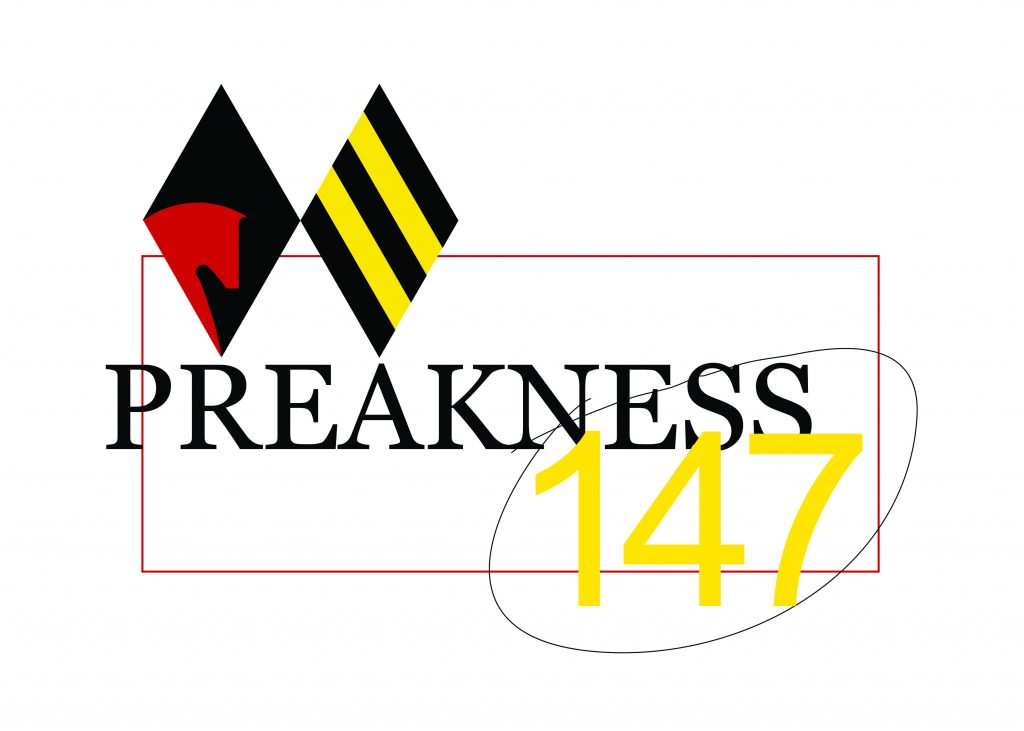
By Kate Richards
From the official song sung during the post-parade to the limerick written by American poet, Ogden Nash, the second leg of America’s premier race series, will show up all decked out in yellow and black- eyed Susan s next Saturday, May 21, 2022. Mr. Nash wrote,
“ The Derby is a race of aristocratic sleekness, for horses of birth, to prove their worth;
To run in the Preakness ”
We watch the Preakness because we must. We must follow up because of the shocker… to see if Steve Asmussen’s EPICENTER, with his sparkling Beyer of 102 can vindicate the surprising Kentucky Derby upset by the heretofore unknown RICH STRIKE. And then here comes Wayne Lukas’ brilliant filly SECRET OATH, the winner of the Kentucky Oaks, an equine Valkyrie that runs in the Preakness tradition of RACHEL ALEXANDRA in 2009 and SWISS SKYDIVER in 2020. Fillies have shown the way in the history of the Preakness with NELLIE MORSE in 1924 and RHINE MAIDEN in 1915, joined by WHIMSICAL in 1906 and FLOCARLINE in 1903. Chad Brown skipped the Derby and flew the Wood Memorial’s second place finisher EARLY VOTING straight into Baltimore to play the new shooter game against the valiant SIMPLIFICATION, the 4th place Derby finisher now acquiring the pilot services of Hall of Famer, Johnny Velasquez.
And while we are compelled to angst in our digital gloom over the closeness of the second leg of the Triple Crown, the exact running order of Derby-Preakness-Belmont has seen calendar upsets in its past. That running order was developed in 1931, at the same time the title of Triple Crown was designated for the three race series. More recently, the five week span for the series was not set in stone until 1969 for the purpose of attracting television broadcast contracts. In fact, on eleven occasions, the Preakness Stakes was conducted before the running of the Kentucky Derby. Moreover, there were two times that the Preakness and the Kentucky Derby were run on the same day, in 1917 and in 1922. The Belmont Stakes, in Elmont, New York was run before the Preakness exactly twelve times. Most recently due to the 2020 pandemic, the Belmont Stakes ran on June 20th, followed by the Kentucky Derby on September 5th, and capped by the running of the Preakness on October 3rd.
And what’s in the origination of the title of the race, the Preakness? There are two variations of that story, the original being a geographical designation given by a Native American tribe called the Minisi who referred to their land as “PRA-QUA-LES”. The other version attributes a pronouncing of the same geographical area as “PREAKINESS”, coined by none other that General George Washington referring to the land where he quartered his army during the winters of 1776 and 1777.
The race, itself, acquired its name from thoroughbred named Preakness that ran in and won the Dinner Party Stakes in 1870. Three years later, the governing body of racing in Maryland, the Maryland Jockey Club, renamed that same Dinner Party Stakes , the Preakness Stakes in honor of the colt. The horse owned by a Milton Sanford, incidentally was a Kentucky-bred from a Lexington farm called Preakness. Mr. Sanford liked that name.
We will watch the Preakness because the storyline is as rich as the crab cakes that will be served at the Pimlico clubhouse, under the awnings and wherever Wayne Lukas goes to eat in Baltimore.
The story continues as the Preakness Stakes will follow the Kentucky Derby this year without the running presence of RICH STRIKE, the chestnut who pulled off an 80-1 shocker and whose owner found out two hours before post-time that his horse was being called for a run with destiny. The Preakness Stakes will be held at Pimlico and will host an interesting field of nine colts, a one-eyed speedster by the name of UN OJO and a filly trained by the venerable coach, named
Lukas.
So tune in and tune up. Maryland, My Maryland.



